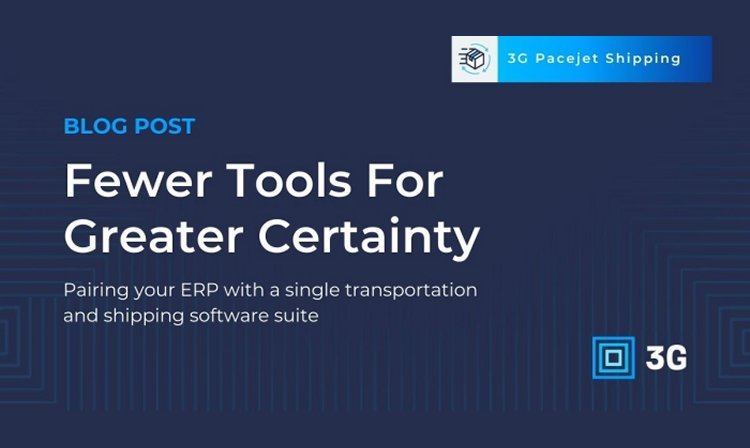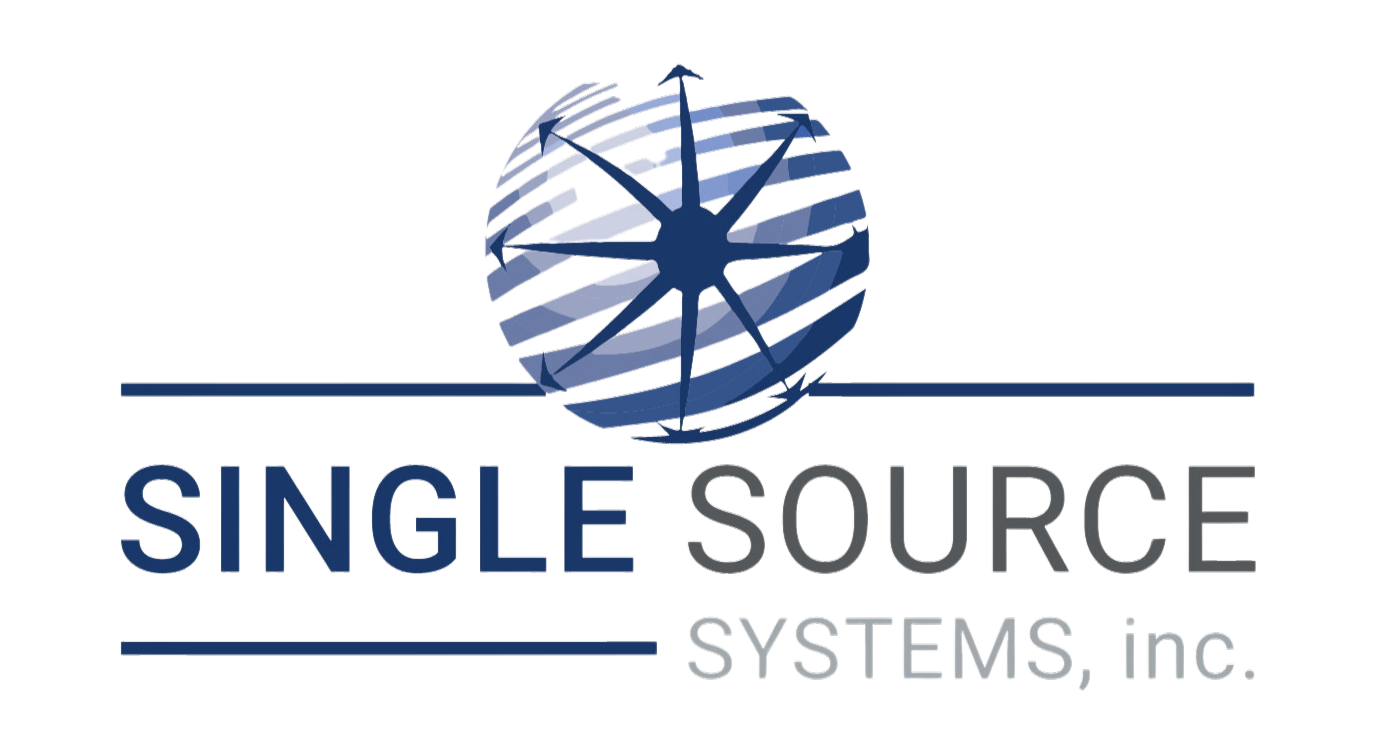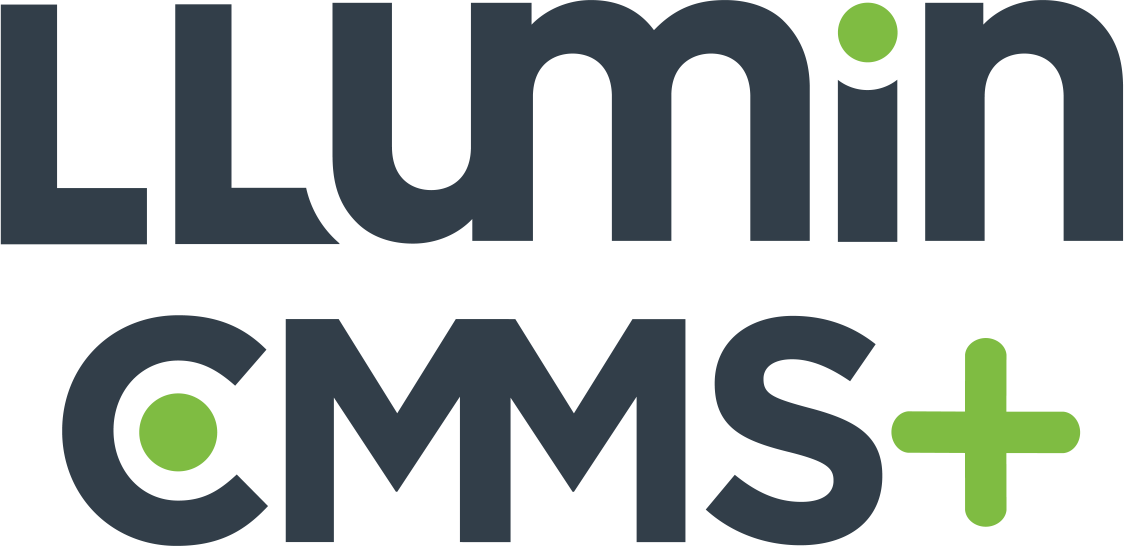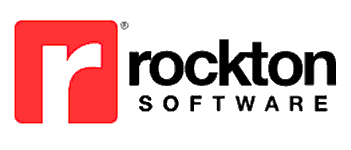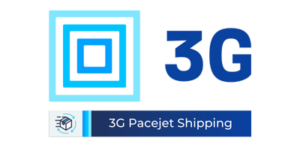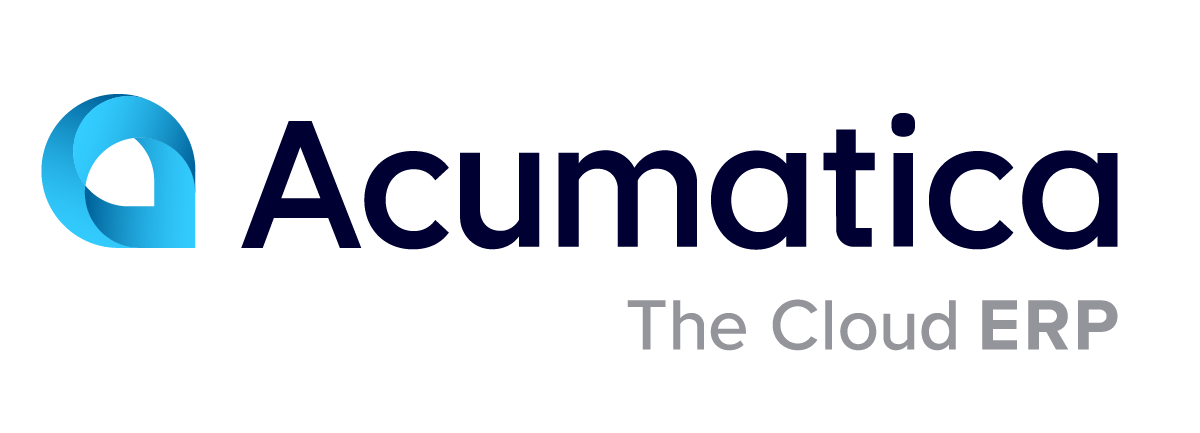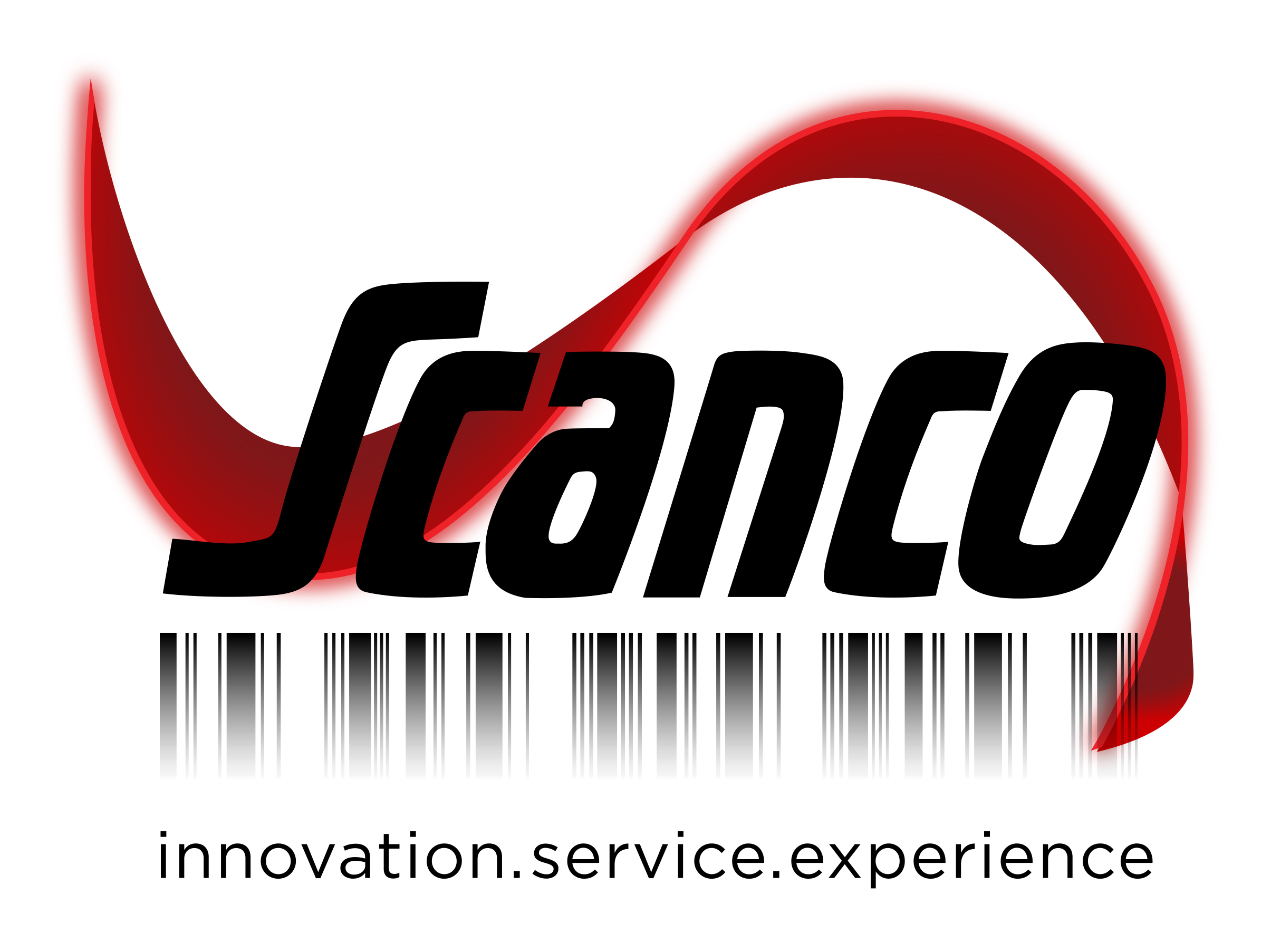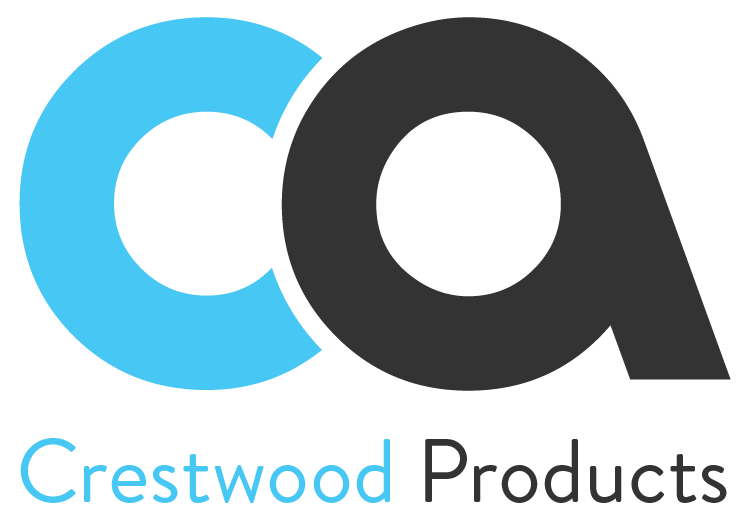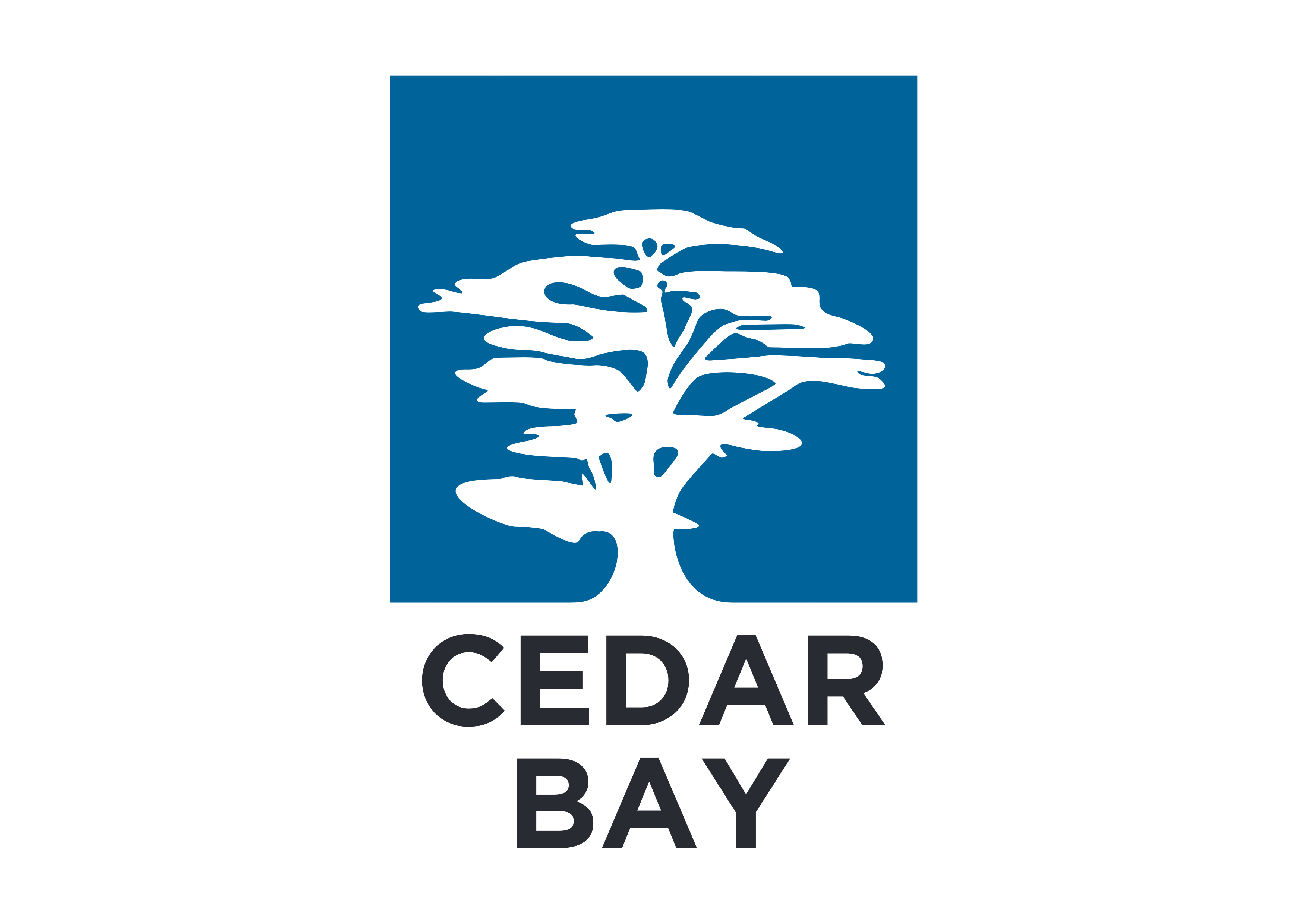Pairing your ERP with a single transportation and shipping software suite
Learn why a single-suite approach to transportation management and shipping is vital to propelling your business forward and setting it up to meet whatever situations arise now or in the future.
Manufacturers, distributors, and retailers on Acumatica already know the value of running a business on a single, flexible, cloud-based platform – it’s what made Acumatica such a good choice in the first place. However, many still split other operations, like shipping, across more systems than are necessary. Splitting the various aspects of shipping between disconnected systems sacrifices accuracy and efficiency while compounding the uncertainty inherent across supply chains.
Transportation and shipping operations are complex, and that complexity is multiplied when aspects like pack-and-ship execution, load & route planning, and carrier & capacity management are all handled separately. Selecting a single system, or suite, to handle all shipping operations has three primary advantages:
- Greater flexibility across fulfillment operations – to prepare for any situation.
- Minimal disruption when adding modules or features – to avoid impeding expansion.
- A ready-made way to add additional integrations – to connect specialized tools quickly.
Greater Flexibility
Market conditions fluctuate, whether predictably or not, and those fluctuations directly affect what you’ll ship, to whom, and how. The shifts could be occasional, monumental, or entirely unpredictable, like a global pandemic. All of a sudden, goods that were previously shipped in bulk to retailers were being shipped to consumers directly. Many systems could handle one or the other – high-volume, small parcel or lower volume, large pallet – but not both.
Even within the realm of freight transportation there are frequent (but, again, unpredictable) oscillations between mode favorability. Sometimes capacity is difficult to find and pre-negotiated contract LTL rates are incredibly valuable. But in markets of excess capacity, the truckload spot market can provide far better deals. While there are numerous systems for managing LTL freight, most manufacturers and distributors have to turn to brokers for truckload – often more expensive and slower than obtaining it themselves (if the system allows).
Minimal disruption
Growth can come in many forms and it is important to have a system that can grow in any direction needed. Once manufacturers and distributors reach a certain size, self-managing freight (controlling load planning and routing) can be hugely beneficial. But making that move requires an entirely new technology deployment (a standalone TMS) if the current pack-and-ship system cannot be expanded to cover that same functionality.
Alternatively, a meaningful shift in product lineup may necessitate the use of more freight transportation (but not necessarily the need to self-manage it). Many pack-and-ship systems are not even able to utilize LTL carriers to handle newly added, large sized products or the exacting requirements of new retail customers (often with specific carrier preferences). There is a balancing act, however: Avoid buying a system that’s “heavier” than needed today, but is still easy to add onto as those needs evolve.
Ready-made integrations
Just because all shipping and transportation workflows can be handled from a single suite does not mean that you won’t have to integrate with other tools. Chief among them: your ERP. This is akin to the connection between your company’s brain (ERP) and spinal cord (shipping). Ready-built carrier connections – API when available, EDI otherwise – also set a true single-source shipping suite apart. Many have large gaps, do not cover multiple modes, or outsource the carrier network from a third-party. And, of course, the situationally relevant tools, like scan-packing and retail compliance.
Beyond the ready-built connections, the question of non-standard integrations often comes up. While there are many middleware products available to handle those connections, a truly complete transportation and shipping suite will have its own, that comes along with a massive integration template library able to cover all your needs.
If Acumatica serves as your company’s “single source of truth” that brings with it a degree of certainty – certainty in your abilities to provide excellent customer service, maintain operational connectivity, and build upon it as needed. For Acumatica users moving goods, 3G provides the same for transportation: a complete transportation management & shipping software suite covering all stages of shipment and over-the-road modes. As powerful as they are on their own, these solutions each enhance one another, with 3G Pacejet Shipping as the only software package of its kind Fulfilled by Acumatica.
Do you have shipping challenges, or expect to in the future? Let’s talk about them! Click here to contact us today.


